Where is the pressure switch in the washing machine
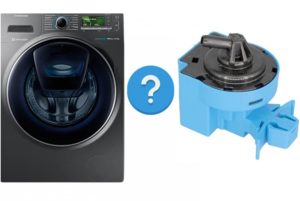 Most modern washing machines have the function of self-diagnosis of emerging malfunctions. And this is very convenient, since the user, having seen the error code on the display, can easily understand which element of the washer is out of order and proceed to fix it. If the machine has determined the failure of the pressure switch, then to replace the faulty part you need to know how it looks and where it is located in the system. Let’s figure out where the pressure switch is located in automatic washing machines of different manufacturers.
Most modern washing machines have the function of self-diagnosis of emerging malfunctions. And this is very convenient, since the user, having seen the error code on the display, can easily understand which element of the washer is out of order and proceed to fix it. If the machine has determined the failure of the pressure switch, then to replace the faulty part you need to know how it looks and where it is located in the system. Let’s figure out where the pressure switch is located in automatic washing machines of different manufacturers.
Where can the level sensor stand?
Finding a liquid level sensor in a washing machine is quite simple. In most cases, it is located directly under the top cover of the machine. To get free access to the installation site of the pressostat, it is necessary to disconnect the machine, disconnect it from the water supply and sewer network and push it forward a little. Then you have to unscrew the two bolts holding the upper housing cover and carefully remove it.
- Owners of washing machines of such brands as Indesit, AlGi, Ariston and Samsung will see a level sensor near the right side wall of the unit, in the corner, closer to the front of the machine. Stand facing the hatch of the machine, and you will definitely see where the pressure switch is located.
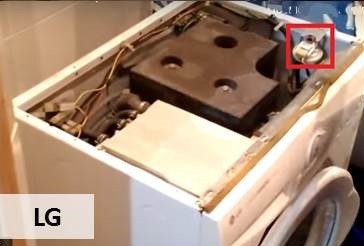
- Owners of models of the Virpul and Ardo brands will also find the sensor near the right wall, closer to the back corner.
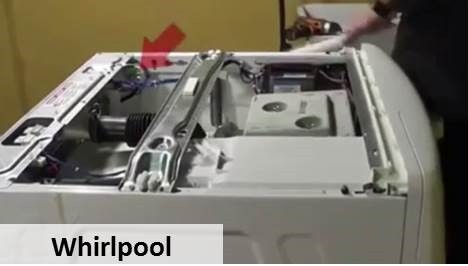
- Bosch washing machines are equipped with a large pressure switch, which is also located on the right side of the unit, closer to its center. On some models, the level sensor is lowered down, and the user mistakenly believes that the machine does not have a pressure switch, however it is, it is simply hidden from view by a beam and wiring.
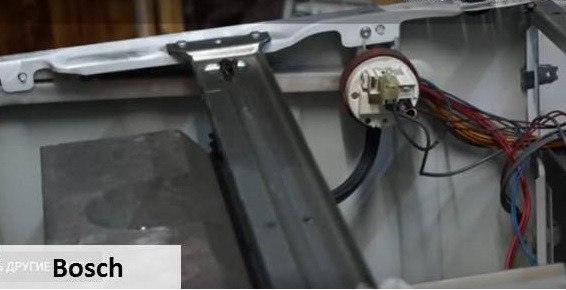
To understand where the level sensor is located, locate a thin rubber tube inside and track where it is pointing.
If you cannot find the pressure switch on the right wall, look for the part on top of the housing. Manufacturers very rarely place a level sensor below, because this greatly complicates the design of the unit. The pressure switch can only be placed on the pallet on very old washing machines that have a vertical type of load.
What does this part look like?
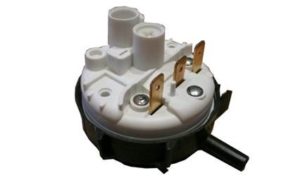 In order for the user to find the liquid level sensor in the washing machine, you need to know what this element is. You can look at the pressostat on the Internet, for this, type in the search string "Pressostat of the automatic machine" into the search line. In the "Pictures" will be about three thousand images of sensors of various models of washers, which are quite similar to each other.
In order for the user to find the liquid level sensor in the washing machine, you need to know what this element is. You can look at the pressostat on the Internet, for this, type in the search string "Pressostat of the automatic machine" into the search line. In the "Pictures" will be about three thousand images of sensors of various models of washers, which are quite similar to each other.
The element that controls the water level in the tank is made in the form of a small plastic circle. The power wiring and the tube are connected to the pressure switch. The entire structure is connected to a reservoir that is under high pressure.
When water is accumulated in the washing machine, pressure is pumped through the tube, which corresponds to the level of liquid collected in the tank. If there is enough water in the system, a special relay closes. Thus, the sensor transmits a signal to the control module and the water intake through the inlet hose stops.
The level sensor is attached to the case either with special latches or with several self-tapping screws, so it is very easy to disconnect it from the wall. To remove the pressure switch, unfasten all the wires going to it and pull out the handset. After that, dismantle the part.
We hope that the above information will help you find and replace the pressure switch in a washing machine of any brand. The location of the liquid level sensor was chosen very well, and to find it, the user will have to make a minimum of effort.
Interesting:
Reader Comments
- Share your opinion - leave a comment
Headings
Washing machine repair


For buyers
For users

Dishwasher


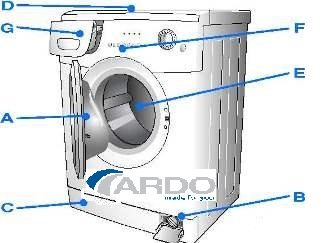
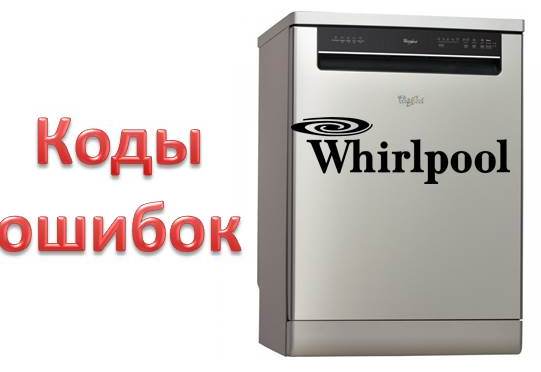
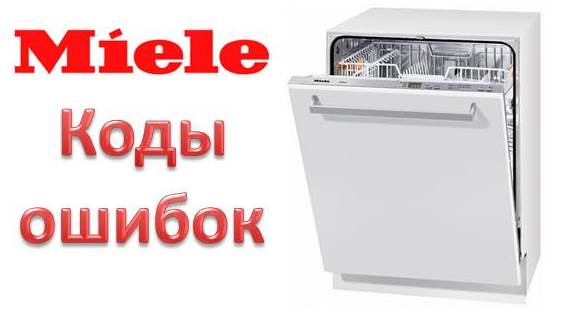

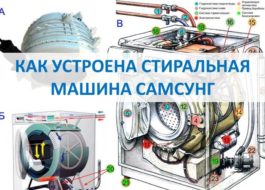











Add a comment